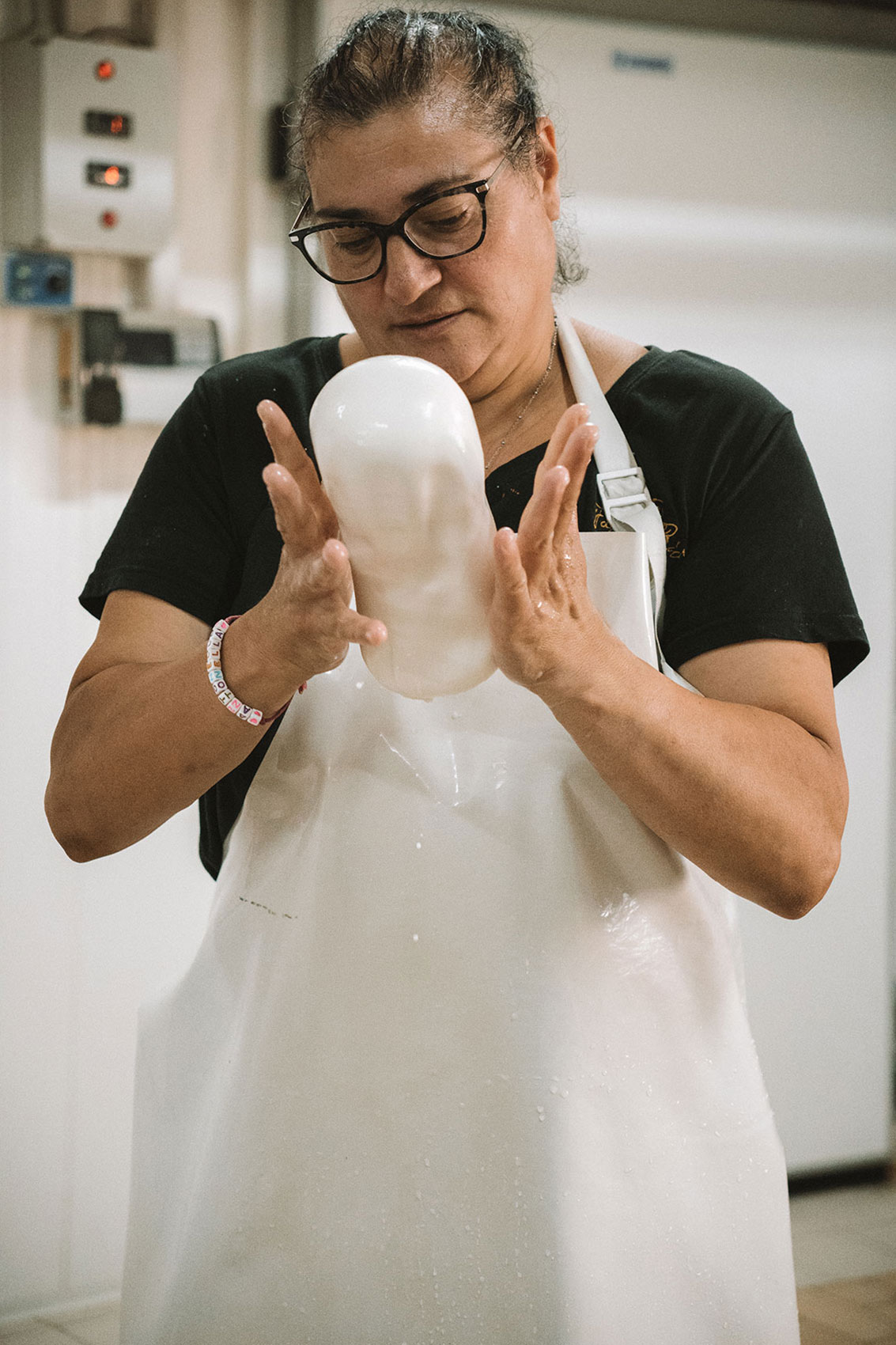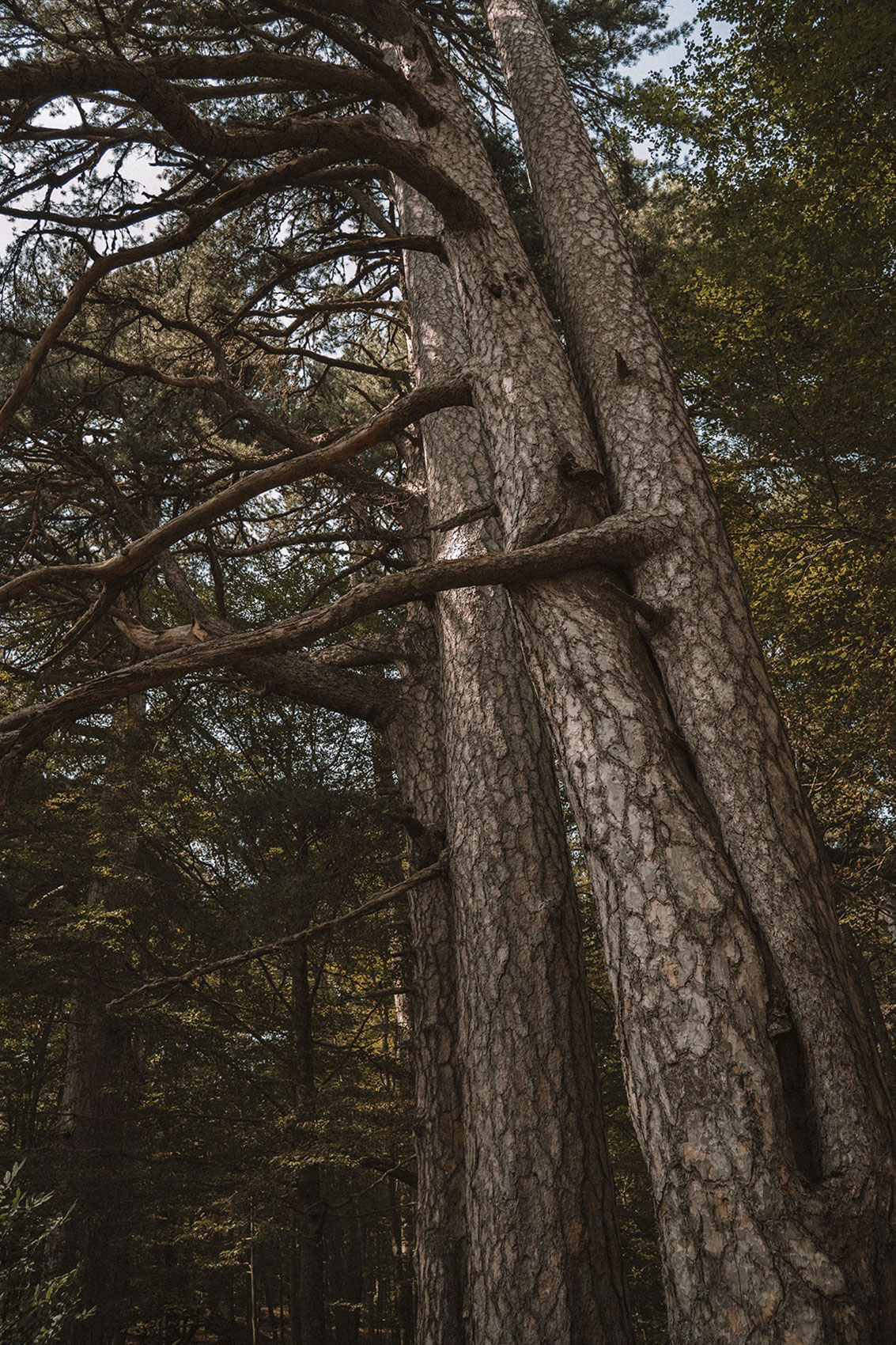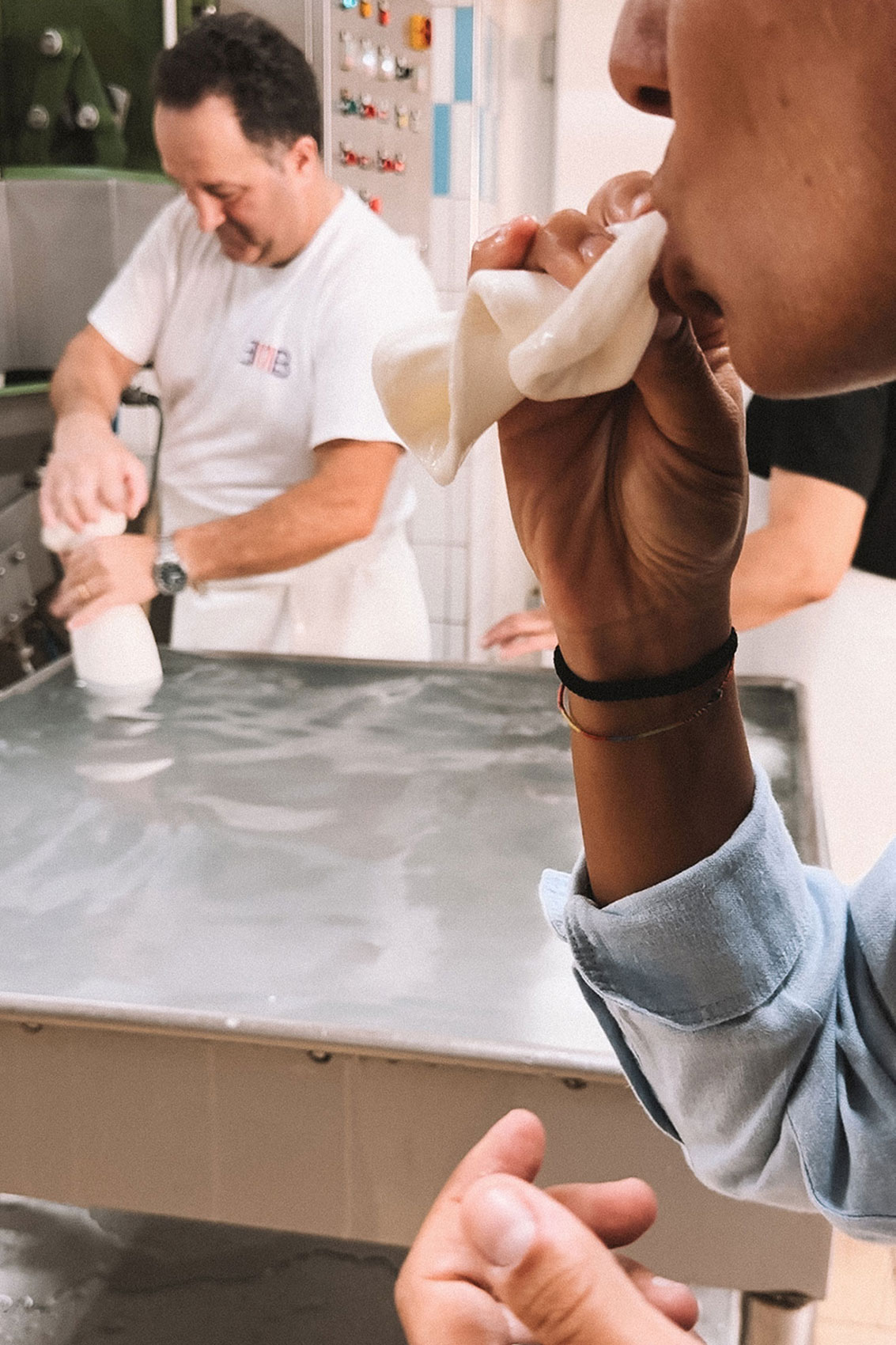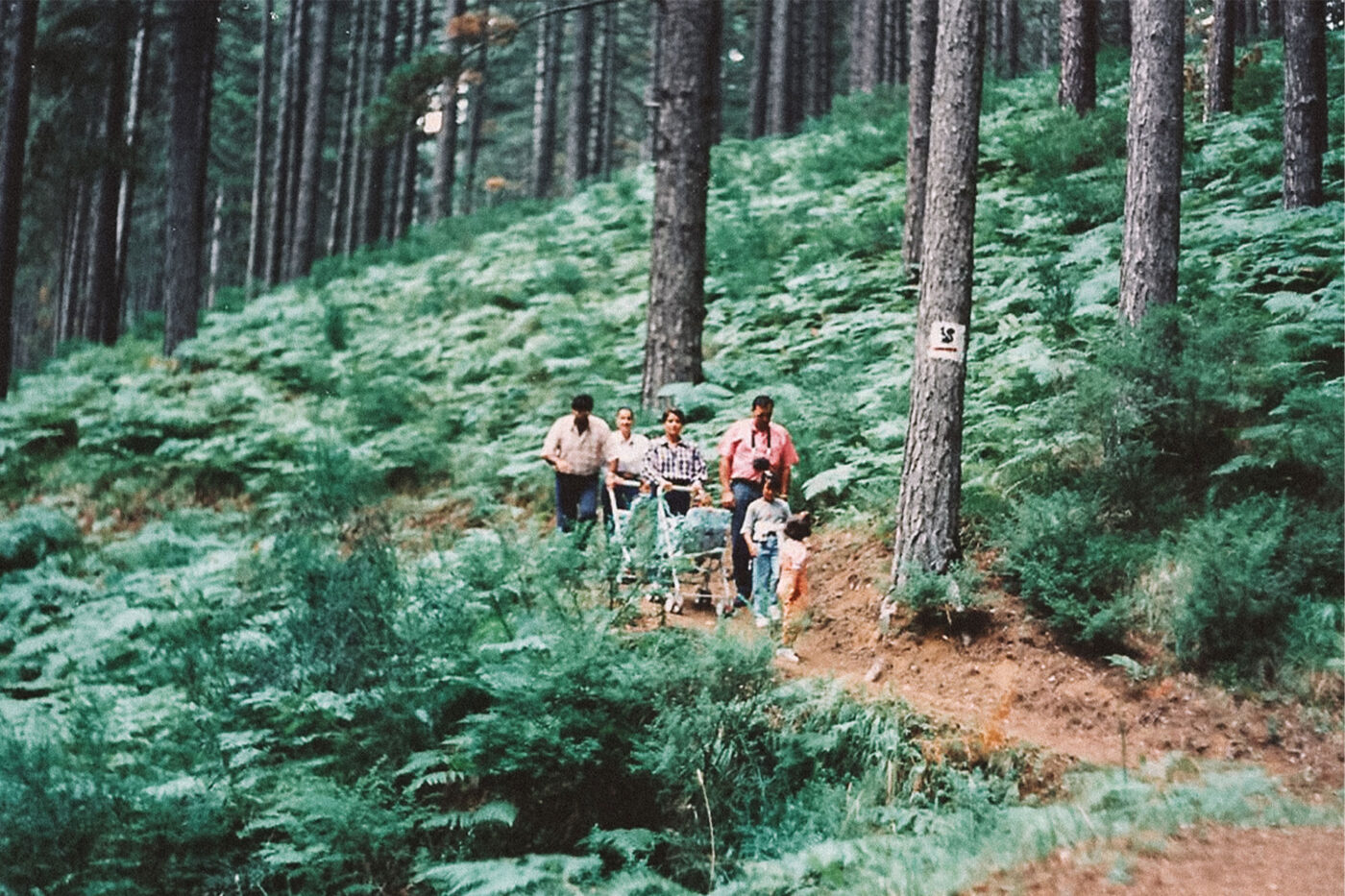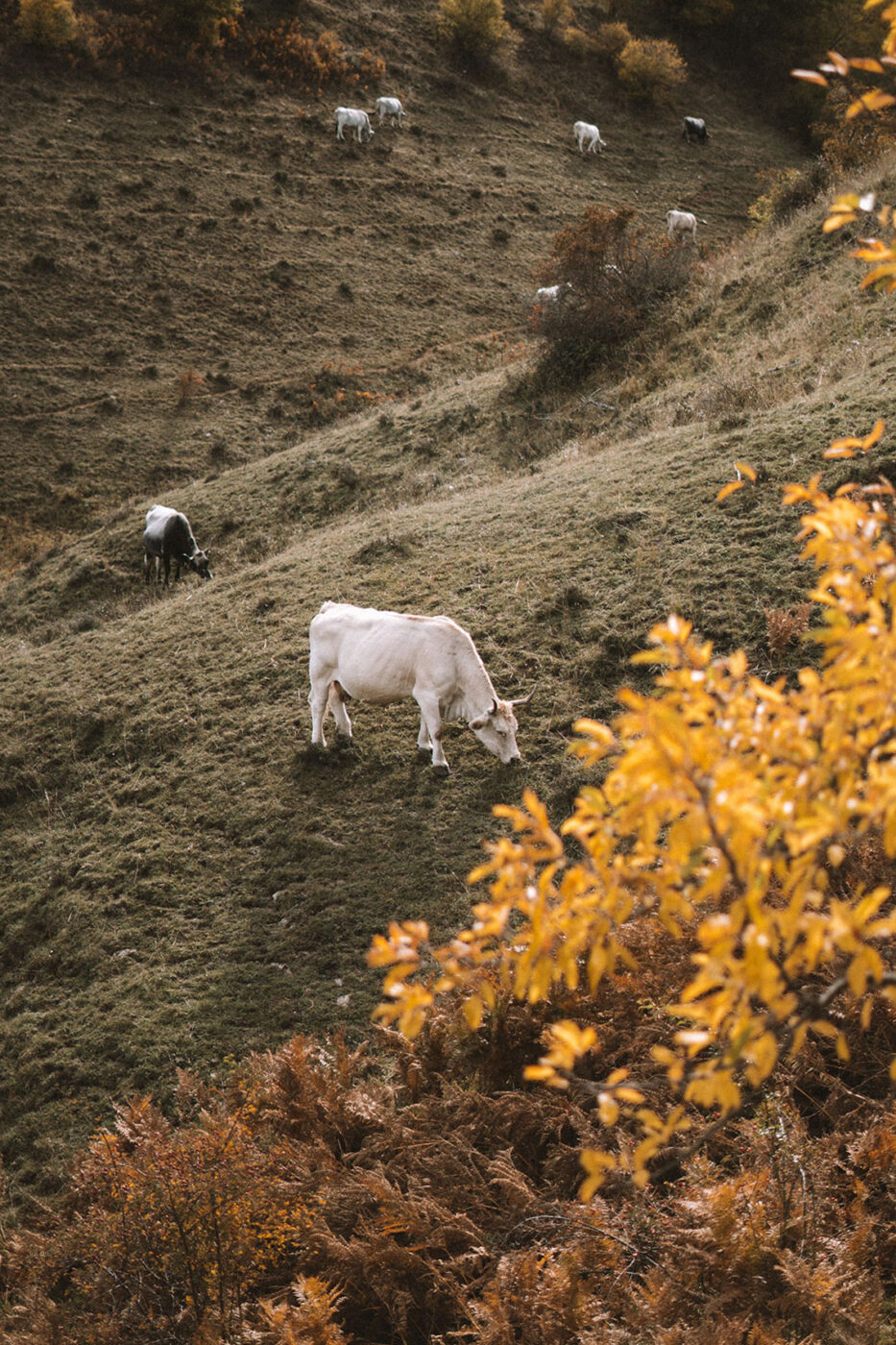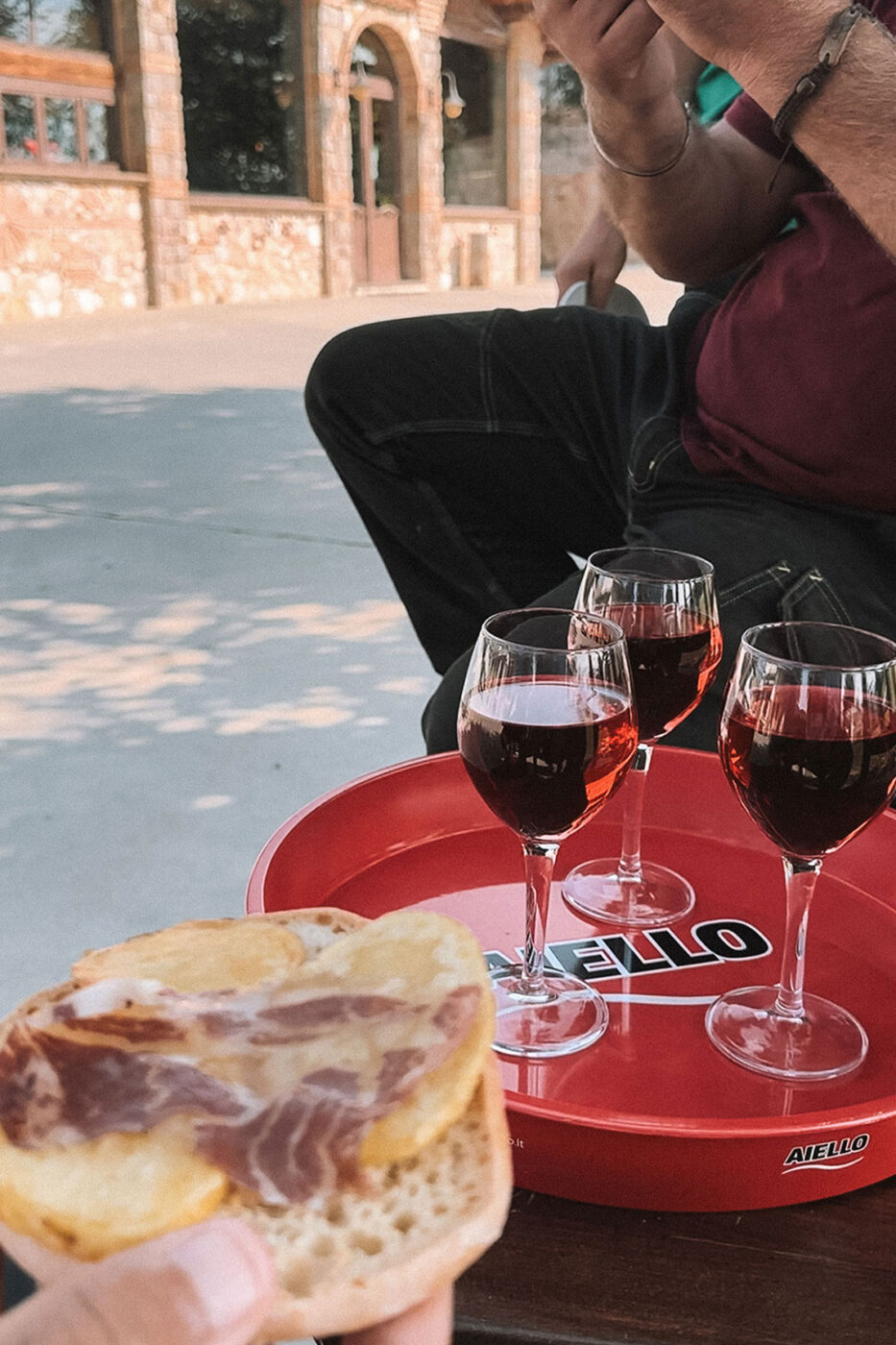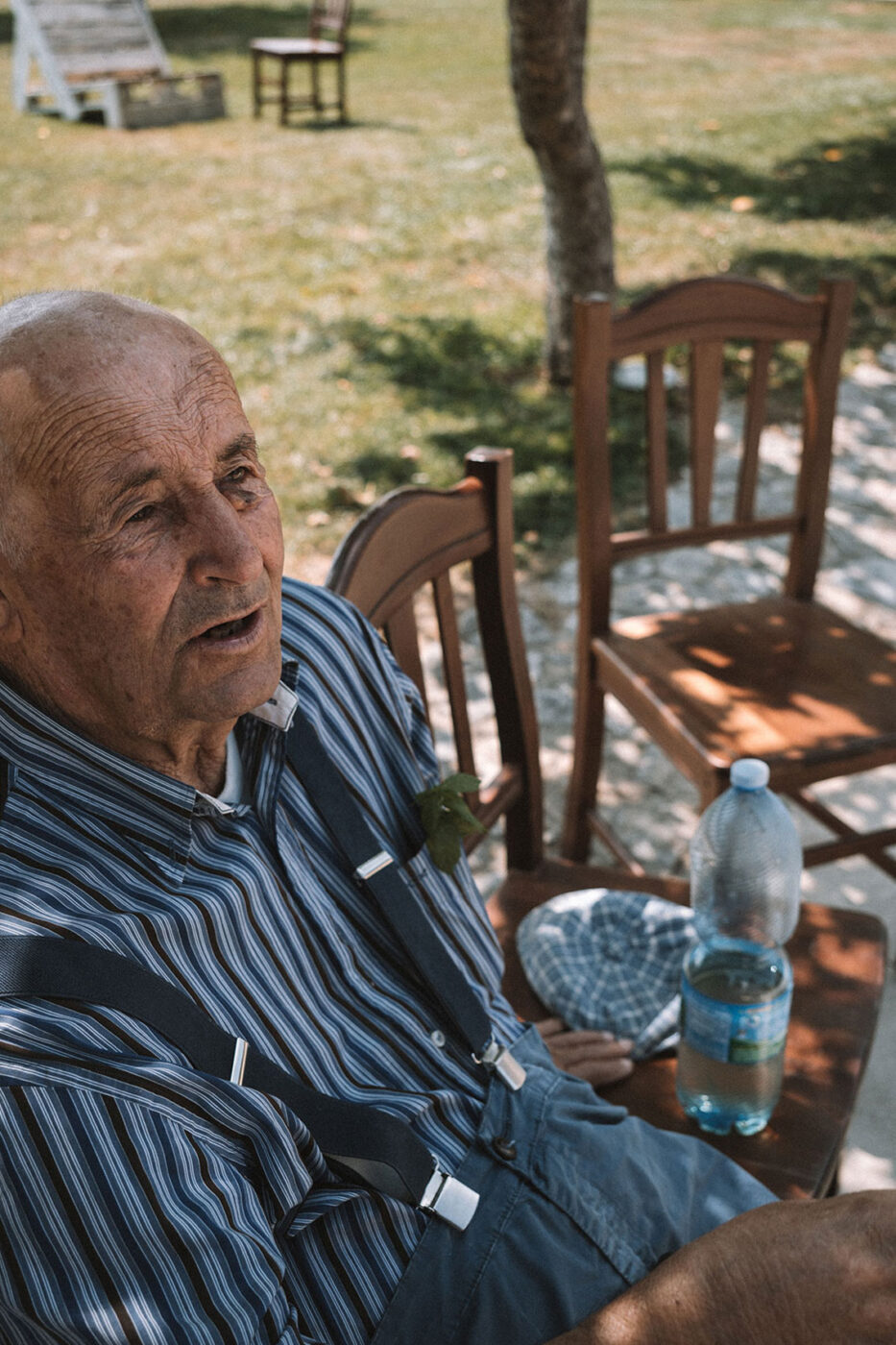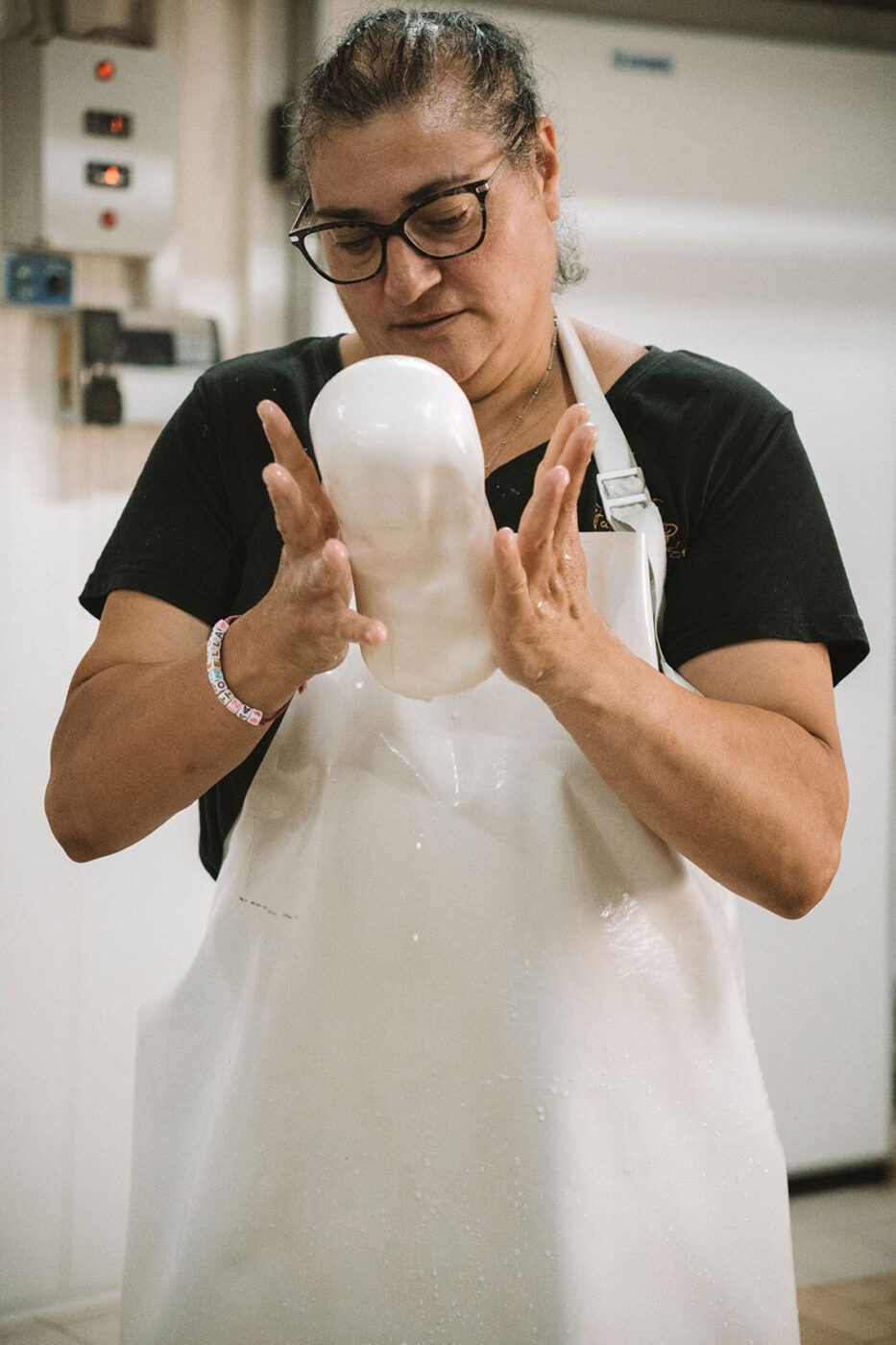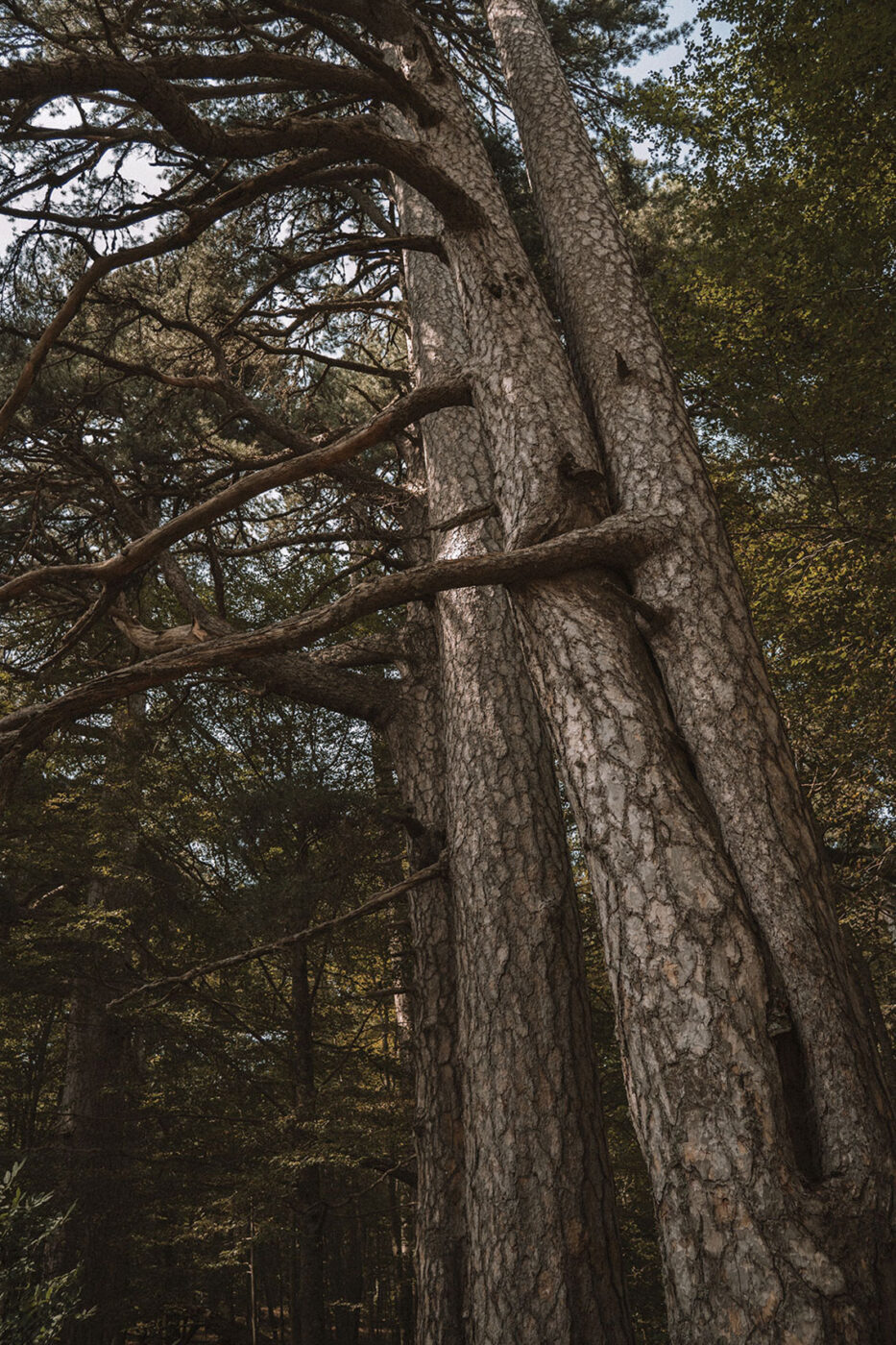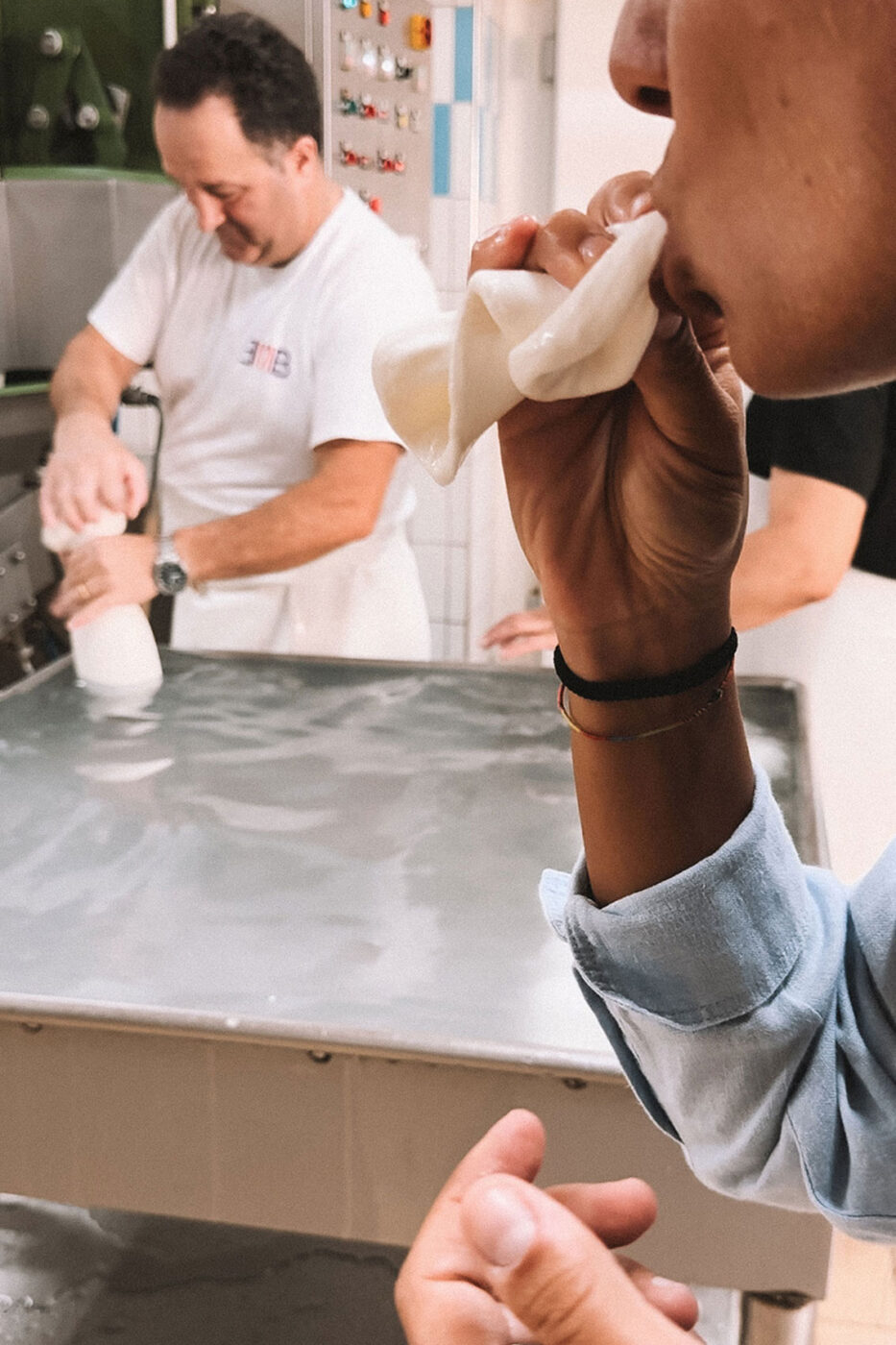I have fond memories of Septembers in the Sila mountains of Calabria spent leisurely lounged on green-and-red checkered blankets along the shores of Lake Cecita, breathing in the clear, silent air. Ever since I was a child, each day here followed a similar pattern: strolling through the charmed streets of Camigliatello, dining at a local restaurant, and falling asleep amidst the tall trees. While I was infatuated with the tranquility, sights, and the Christmas-gnome-filled storefronts, I was less infatuated with the dish that seemed to be on every menu: cheese and potatoes. Yawn. My mother, always the wise one, would say, “You have to try them. How else will you know if you don’t like them?”
Little did I realize that these humble products are a testament to my region’s vibrant landscape, cross-cultural history, and scrappy personality, and actually hold IGP and DOP status. As I grew older and moved abroad, I found myself craving potatoes and caciocavallo cheese and gravitating towards delis where these ingredients could be found. I missed the simple flavors, the silence, and the innocence of Septembers in the Sila mountains. Now, I hope my confession magically disappears between the lines of this narrative before my mother reads it, but I must admit that she was right (as always). When I was home this summer for the first time in a while, I made my way back to the mountains of countless Septembers to relish those very same potatoes and Caciocavallo: this time, they tasted like home.
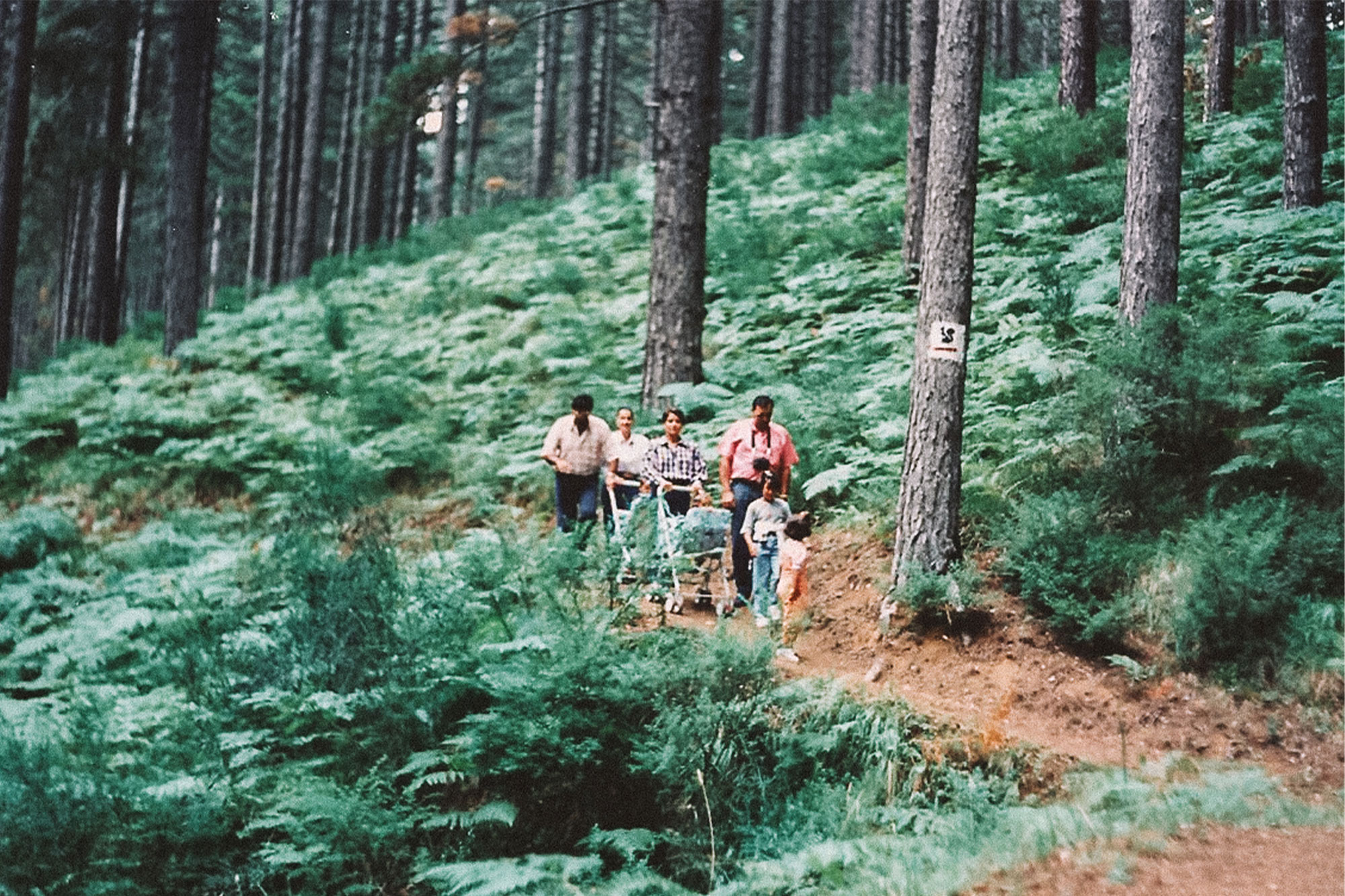
Sila: The Green Lung of Calabria and Italy’s Great Forest
Referred to as Calabria’s “Green Lung” and the “Great Forest of Italy”, Sila National Park boasts one of the highest concentrations of dense woodlands in the country and a mountainous terrain that spans 740 square kilometers (about 286 square miles, making it one of Italy’s largest national parks). Nestled in the heart of the park, the Grand Sila Plateau has peaks soaring above 1,500 meters, formed 300 million years ago during the Variscan orogeny–before even the Apennine Mountains. There is evidence that humans have inhabited the area along the shores of Lake Cecita since 3,500 B.C., cultivating the land and crafting tools from obsidian sourced from the Aeolian Islands. The land is also believed to be the sacred abode of Silvanus or Silenus, the deity of forests from myths told across southern Italy. Throughout the ages, Sila served as a sanctuary for various civilizations–including the Byzantines, Normans, Swabians, Angevins, Aragonese, and Bourbons–during turbulent periods of conflicts, scarcity, and seismic activity. And today, there’s nowhere where you can find purer and fresher air than here–nor better cheese and potatoes.
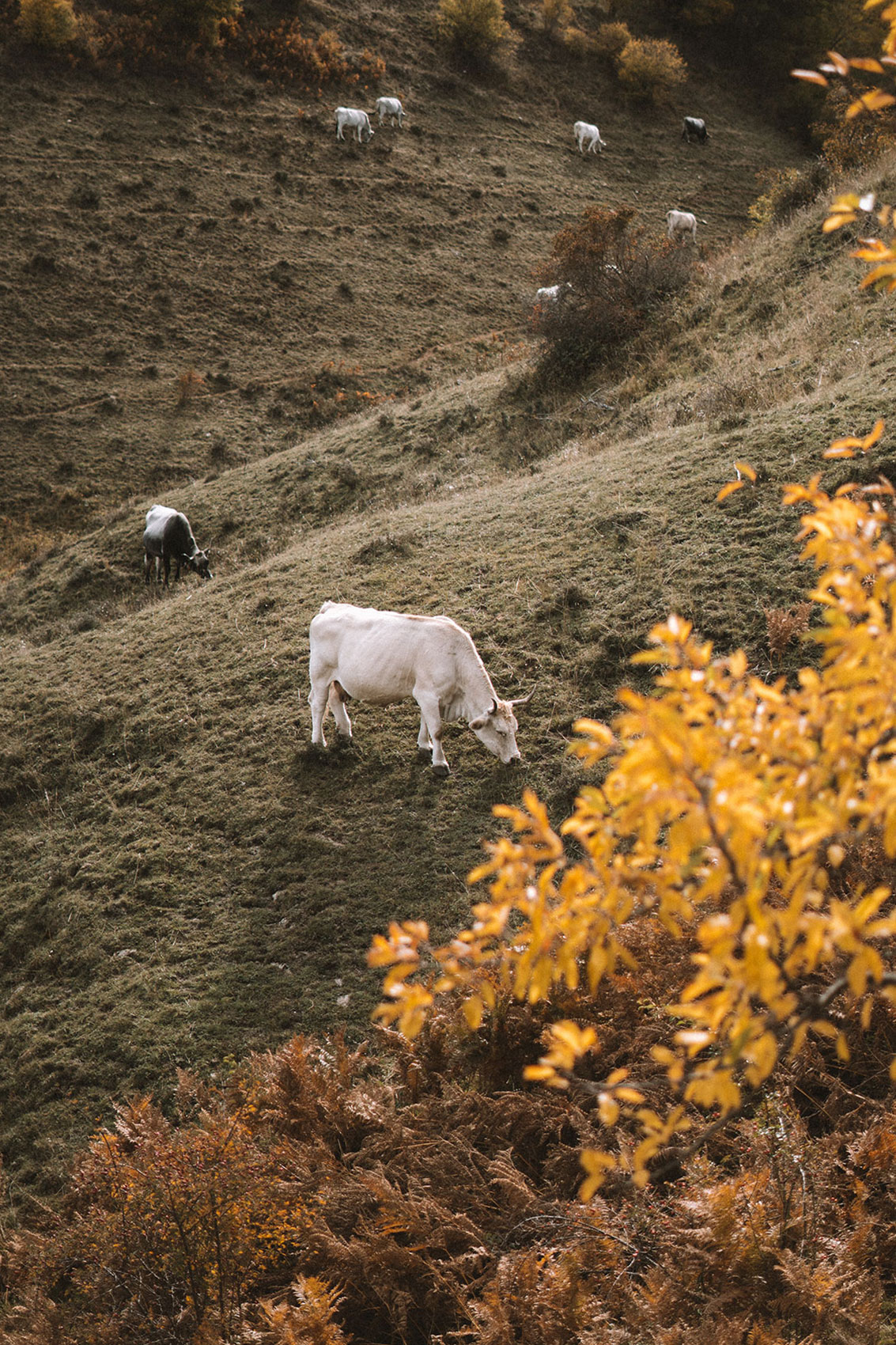
Caciocavallo Silano DOP and Sila IGP Potatoes
Many Calabrian families have continued cultivating Caciocavallo and Sila Potatoes, like the four-generation-strong Fattoria Bió. Here, Tommaso and his sons, Mario and Saverio, remain committed to the time-honored practice of transhumance, leading their cows on the 55-kilometer journey by foot from Sila to the Marina every year from January to June. In a warm, mouth-watering welcome to their azienda, Saverio offers me, upon arrival, freshly molten Caciocavallo cheese, paired with bread, potatoes, bacon, and red wine from their land; all simple products, made exceptional with the secret ingredient of Sila. With each bite came an anecdote from Tommaso, a bit of history from Mario, and some local recipes from Saverio (scroll down for four of his favorites).
Saverio explains that Sila’s high altitude and its proximity to both the Ionian and Tyrrhenian Seas give the sun-soaked paradise a dramatic temperature range: after scorching days, nights cool down by a staggering 20 degrees celsius, if not more. As recent studies have acknowledged, this unique microclimate creates the perfect conditions for exceptional agricultural treasures like Caciocavallo cheese and potatoes.
Renowned for its rich flavor and firm texture, Caciocavallo Silano is a semi-hard, spun-paste cheese. It gets its quirky name from the Italian word for horse–cavallo–because the cheese is aged in pairs via a rope hanging over a wooden beam, resembling stirrups on a horse. Delicate and ever so slightly sweet when young, the cheese reaches intense saltiness when aged. The cheese is adorned with the pine emblem of the Caciocavallo Silano Cheese Protection Consortium, an institution founded in 1993 in the municipality of Spezzano della Sila (CS). Later, it earned the European Protected Designation of Origin (PDO) status which ensures the cheese is exclusively crafted from Italian raw cow’s milk and follows a stringent protocol of milking, coagulation, maturation, spinning, molding, cooling, salting, drying, 30-day aging, and finally, branding and labeling.
The reigning queen of the region, however, is the Sila IGP Potato; and it’s nothing like the humble varieties you usually find elsewhere. A greater starch content lends nutrition and flavor, and they have a shelf-life that a Russett has cause to be envious of. There are six varieties: Agria, Ditta, Marabel, and Nicola are marked by yellow skin and flesh; Majestic by yellow skin and white flesh; and Desirèe, red skin and yellow flesh. Agria is best fried, while Desirèe is fantastic as a base for gnocchi. Ditta are workhorses, their flavor brought out simply by boiling or roasting.
Planted in the spring, the spuds are grown at approximately 1,500 meters above sea level in sandy, permeable, potassium-rich soil and irrigated with pure spring water until sprouting in June. Their adaptability and extended shelf life owe much to this robust dormancy. In 2010, the Sila Potato earned the Protected Geographical Indication (PGI) label.
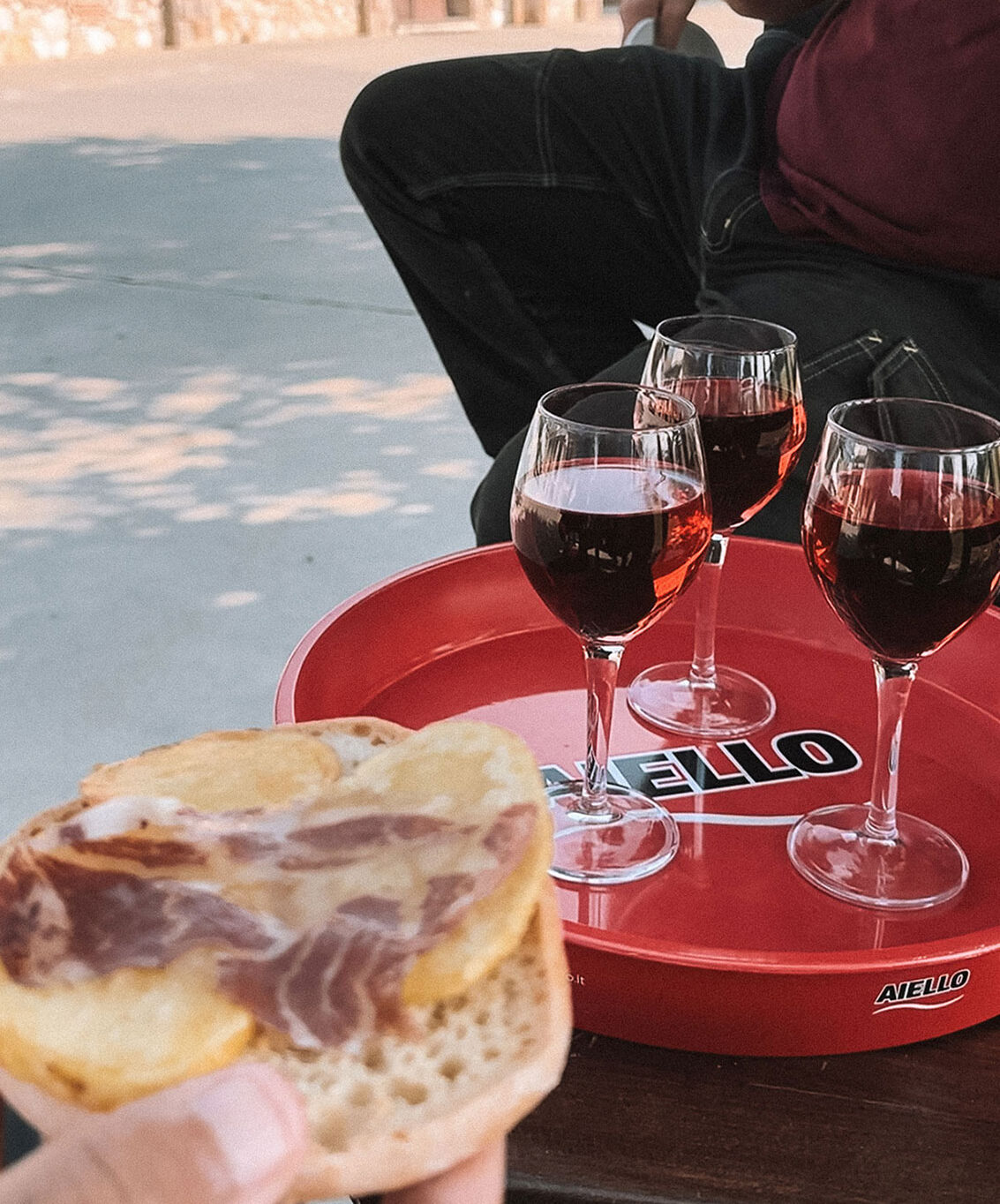
FOUR WAYS TO EAT THE PRODUCTS OF SILA LIKE A CALABRIAN
CACIOCAVALLO RECIPES:
Grilled Caciocavallo
Serves 4
INGREDIENTS
- 800 g Caciocavallo Silano DOP
PREPARATION
- Place a pan on medium heat.
- Cut the Caciocavallo into slices about 2 cm thick.
- When the surface of the pan is heated evenly, transfer the Caciocavallo slices to the pan.
- Flip the slices when the first bubbles appear on the bottom and the cheese melts. When the surface of the Caciocavallo is golden, remove. Serve warm.
Caciocavallo Frittata
Serves 4
INGREDIENTS
- 8 eggs
- 100 g Caciocavallo Silano, cut into small cubes
- 20 g grated pecorino cheese
- 2 tablespoons extra virgin olive oil
- Finely chopped parsley, to taste
- Salt, to taste
- Pepper, to taste
PREPARATION
- Beat the eggs in a bowl with a pinch of salt and a generous grind of pepper.
- Add the Caciocavallo, pecorino cheese, and parsley, and mix.
- Heat the oil in a non-stick pan. Add the mixture and cook the frittata over low heat with the pan covered.
- Gently flip it when the bottom is golden and the top is slightly liquid.
- Cook for a few more minutes. Serve warm.
*This recipe can be enriched by adding small pieces of Calabrian soppressata.
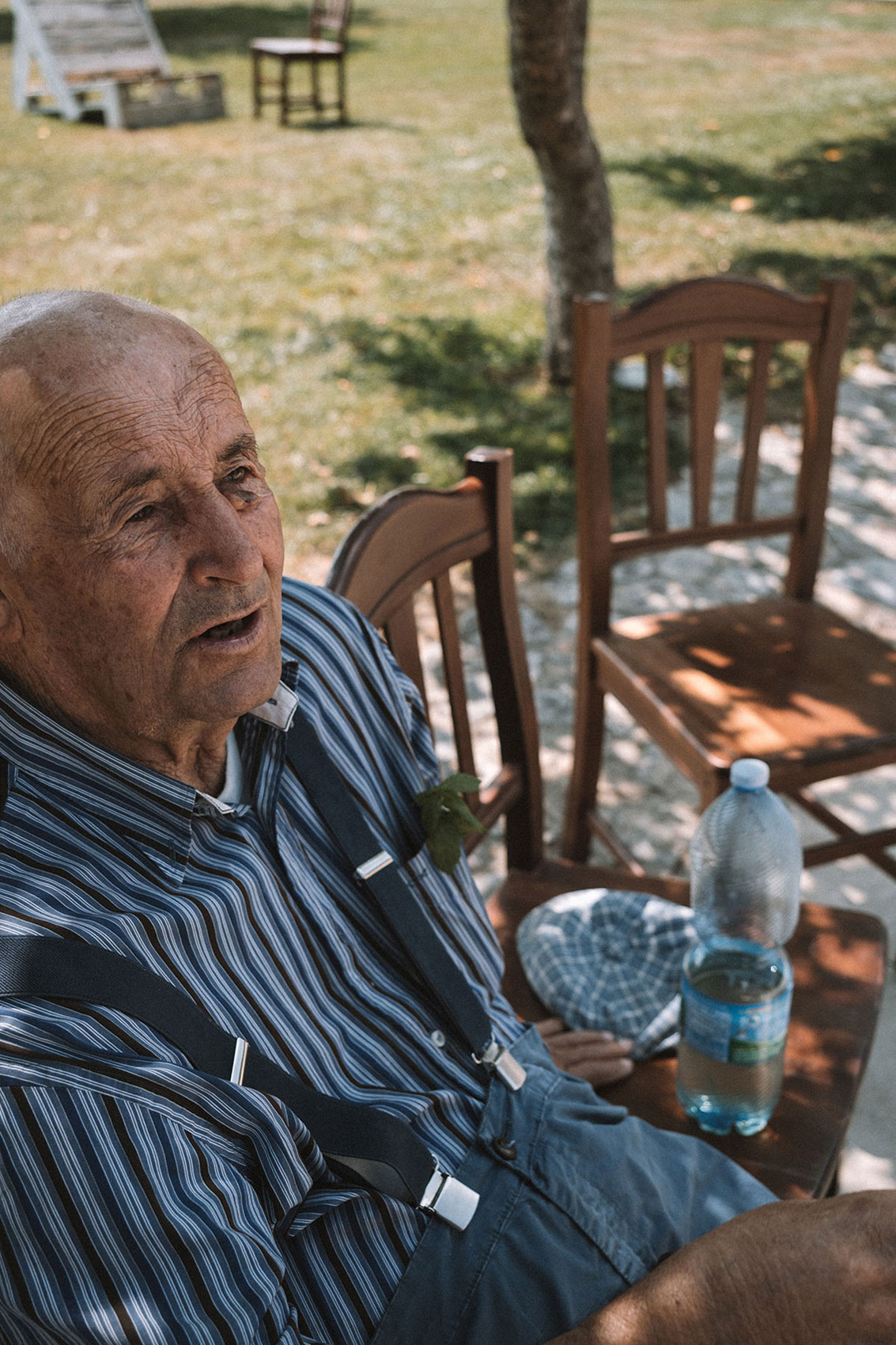
SILA POTATO RECIPES:
While ‘mbacchiuse potatoes may currently hold the title of the most popular recipe, Saverio explains that the most traditional one remains spuma di patate. This dish is commonly referred to as gateau, but Saverio, in his unwavering commitment to authenticity, adamantly insists on its rightful name: spuma di patate. With its more lavish preparation, spuma di patate stands in stark contrast to the humble ‘mbacchiuse potatoes, which was a cherished choice among shepherds who savored it with a hearty helping of bread before embarking on their grazing duties.
‘Mbacchiuse Potatoes
Serves 4
INGREDIENTS
- 1 kg Sila potatoes
- 60 g extra virgin olive oil
- Salt, to taste
PREPARATION
- Peel the potatoes and cut them into slices about 3 mm thick.
- Pour the oil into a pan, heat it, and add the potatoes.
- Season with salt, cover with a lid, and cook for 20 minutes, stirring occasionally to prevent sticking.
- Then, remove the lid and cook for 15 minutes over medium heat. To achieve perfectly intact potatoes, toss them a couple of times or gently stir them with a wooden spoon–you don’t need to stir them very often.
- Once cooked, remove the potatoes with a slotted spoon and transfer them to a serving dish.
Spuma di Patate
Serves 4
INGREDIENTS
- 1 kg Sila potatoes
- 50 g butter
- 100 ml milk
- 1 egg
- 50 g grated pecorino cheese
- 50 g grated parmesan cheese
- Salt, to taste
- Breadcrumbs
- 2 hard-boiled eggs
- 100 g soppressata
- 100 g fresh provola cheese
PREPARATION
- Boil the potatoes, peel them, and mash them with a potato masher.
- Pour them into a bowl and mix with butter, milk, egg, pecorino, and parmesan.
- Knead with your hands for a homogeneous and relatively soft mixture.
- Grease a mold with butter and sprinkle it with breadcrumbs.
- Pour half the mixture into the mold and layer it with sliced hard-boiled eggs, soppressata, and provola. Cover with the remaining mixture.
- With hands moistened with milk, level the spuma surface, sprinkle it with breadcrumbs, and dot it with small pieces of butter.
